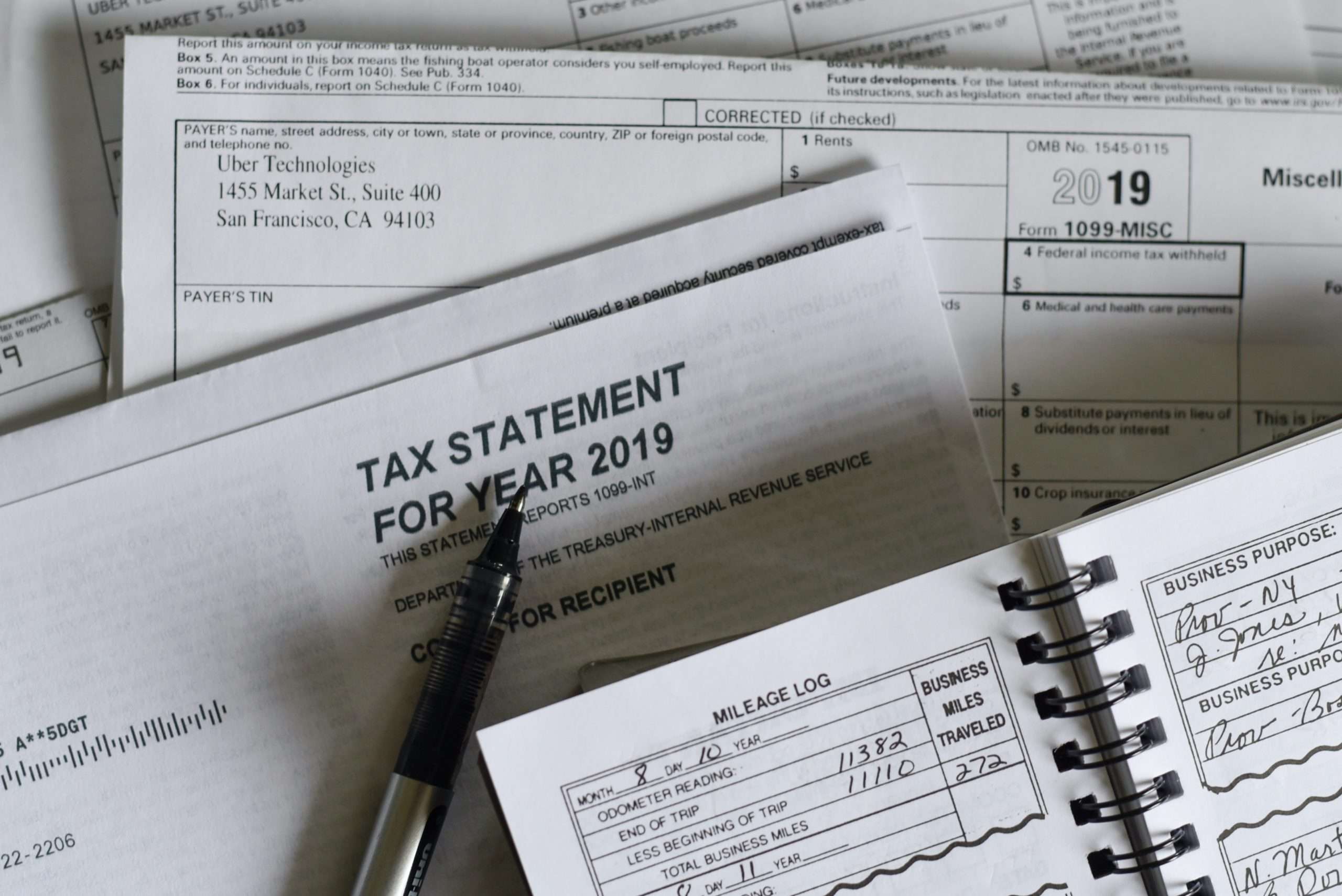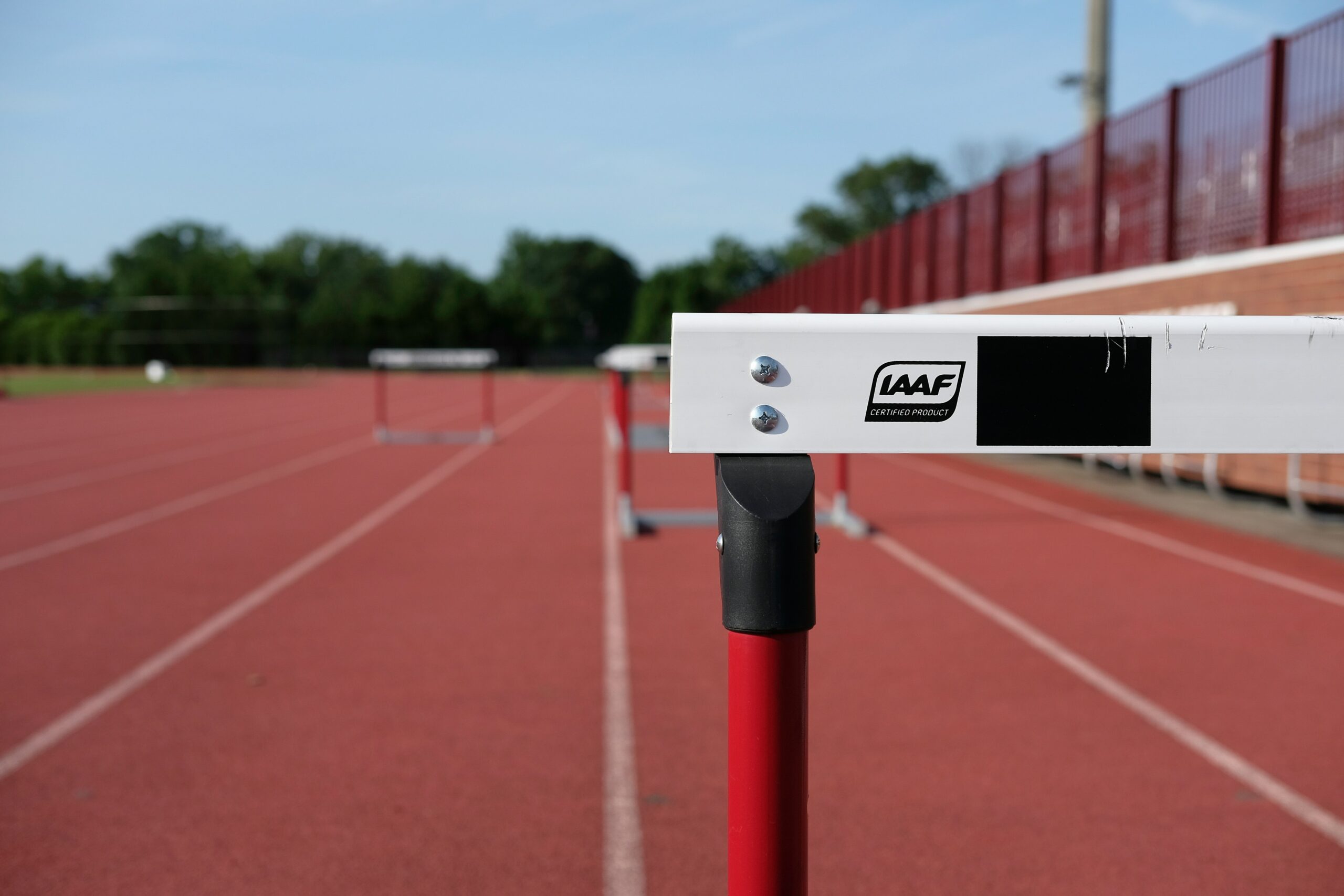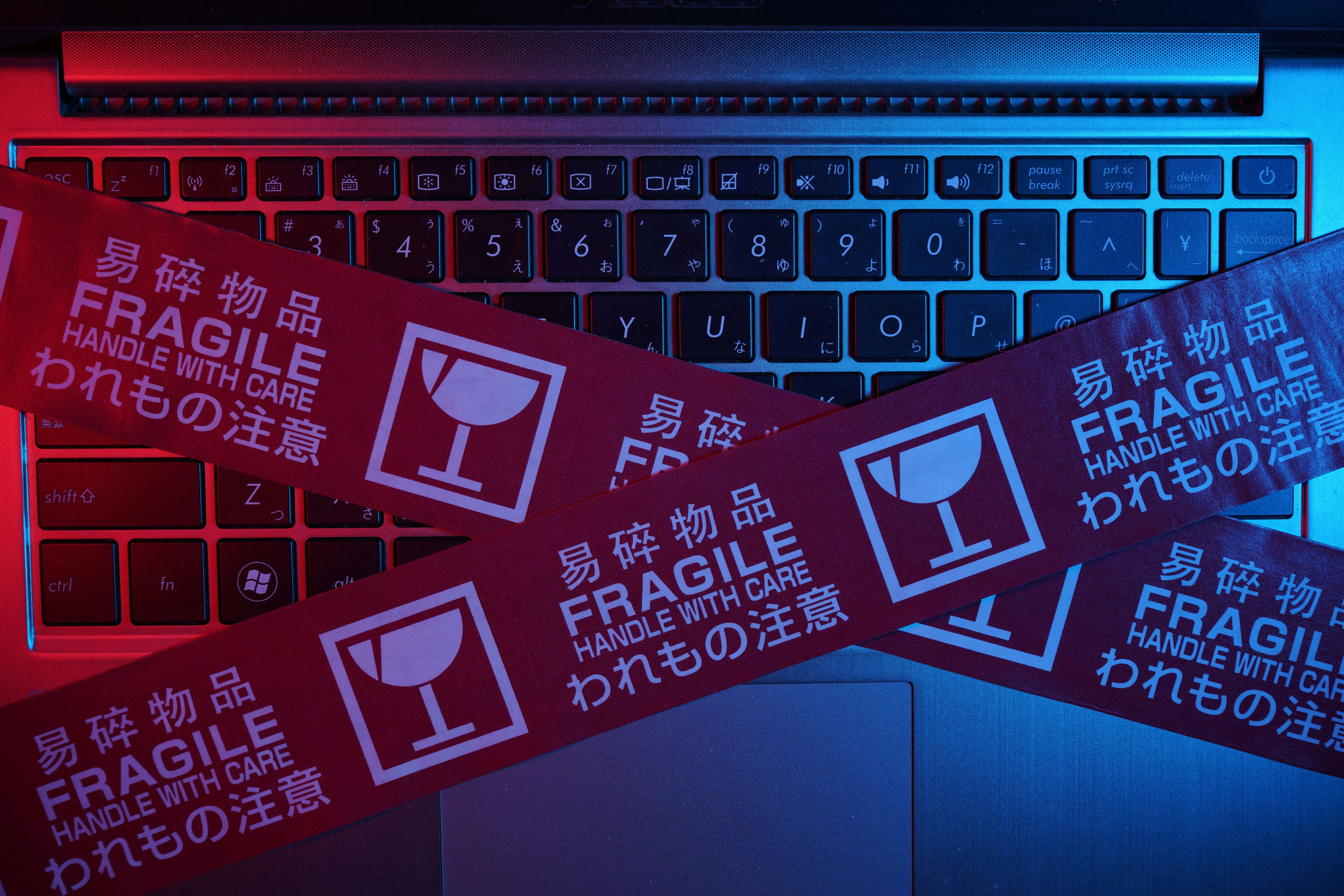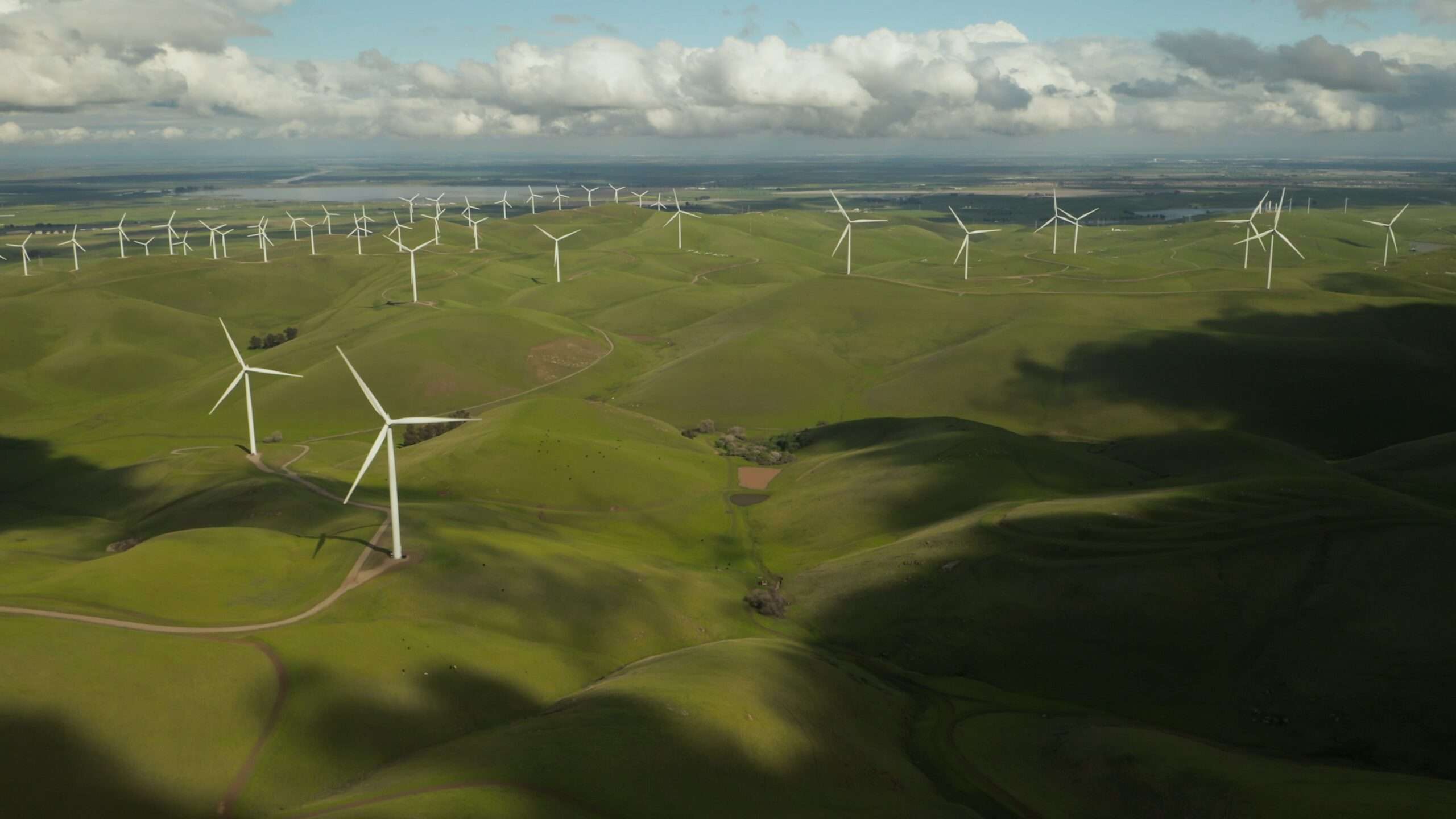- No-deforestation supply chains still belong at the top of the agenda and at the heart of responsible business as we move into a new decade of sustainability action.
- Ensuring supply chains are protective of forests, other natural ecosystems and land rights is often the clearest route to achieving a range of other sustainability priorities.
- The Accountability Framework initiative is ensuring the infrastructure built to support no-deforestation goals is integrated with the sustainability tools companies will rely on.
In the sustainability field, trends and buzzwords come and go. What does not change is the need to sustain healthy ecosystems and support equitable human development as cornerstones of responsible business. That’s why no-deforestation supply chains – an attention-grabber of the 2010s – still belong on top of the agenda as we move into a new decade of sustainability action.
With agricultural and forestry commodities driving the majority of tropical deforestation, hundreds of companies that produce or source these products have issued commitments to halt deforestation linked to their supply chains. Many, including major brand-owners such as Nestlé and Danone, vowed to eliminate deforestation by 2020. While much more needs to be done to meet these commitments, some progress has been made. For instance, deforestation caused by large-scale oil palm plantations in the most heavily impacted parts of Indonesia has decreased, while primary forest loss in Indonesia as a whole also declined following action from both companies and the government.
Crucially, we are also seeing a remarkable consolidation of expectations from commodity buyers, investors and governments to halt commodity-linked deforestation and human rights abuses. No-deforestation goals are now championed by mainstream voices on Wall Street, in parliaments and in corporate leadership as an integral component of responsible business.
The forest canopy: an “umbrella” for sustainability goals
The new decade has brought with it new corporate goals on climate change, biodiversity and sustainable development. These goals have spurred new land-related commitments framed in affirmative terms such as forest positive, net positive or regenerative.
These positive – and often ambitious – visions of corporate responsibility are welcome. Yet they also raise questions about how to define and measure these more complex notions of sustainability, let alone how to mainstream the needed improvements across far-reaching supplier networks. How do we ensure that these concepts retain forest and ecosystem protection at their core? And how do we avoid losing precious time translating this new wave of corporate commitments into results?
One answer: use the ‘infrastructure’ for implementation and accountability of no-deforestation and human rights commitments that has coalesced over the past few years. This infrastructure includes the Accountability Framework as an overall globally applicable roadmap, which is well-aligned with contextualised guidelines for sectors such as soy and rubber, and biomes such as the Amazon, Cerrado and Chaco. Monitoring tools such as Global Forest Watch Pro and Trase support companies in assessing progress toward no-deforestation goals, and reporting platforms like CDP Forests facilitate systematic disclosure of progress and drive strong accountability. These interlinked systems enable companies to weave no-deforestation sourcing more tightly into the fabric of how they do business, even as they position forest protection as a key component of their strategy for meeting other sustainability goals.
The truth is, ensuring that supply chains are protective of forests, other natural ecosystems, and land rights is often the clearest route to achieving a range of other sustainability priorities. These include conserving the biodiversity, carbon stocks and ecosystem services of standing forests, while supporting sustainable livelihoods and increasing equity through full respect for human rights. Metaphor is reality: the forest canopy really does provide an umbrella for much of this decade’s sustainability agenda.
Companies can’t reach net-zero emissions without forest protection
Of this next generation of sustainability goals, the rise of net-zero emissions commitments may provide the strongest impetus yet to eliminate deforestation from commodity production, sourcing and financing. Such commitments doubled in 2020 alone and have now collectively been issued by companies with a combined revenue of more than half the US’s annual GDP.
A cornerstone of credible net-zero emissions approaches is to focus first on abating (i.e., preventing or reducing) emissions sources. To achieve that goal, companies with significant land footprints must take early action to eliminate deforestation and conversion, which can be major contributors to overall emissions. For companies that continue to destroy ecosystems – or to support this destruction through their sourcing or financing – the risks are long-lasting: emissions footprints from contemporary deforestation accrue for 20 years under GHG accounting conventions.
Consider the UK-based supermarket giant Tesco. The company showed early leadership by issuing a net-zero emissions commitment in 2017 and made quick work of reducing its Scope 2 emissions (tied to electricity usage) by 92% in four years. But it has been much slower to reduce Scope 3 emissions (generated along Tesco’s value chain), the majority of which are from agriculture.
To tackle agricultural emissions, the company has recognized the need to follow its supply chain upstream – to origins in Brazil, Indonesia and elsewhere – and institute a strong no-deforestation and no-conversion strategy. For instance, the difference between conversion-free sourcing and conversion-intensive sourcing for Tesco’s 500,000 ton annual soy purchases (primarily for animal feed) could be more than 100,000 tons of CO2-equivalent per year, which is equivalent to roughly 20% of the company’s supply chain (Scope 3) emissions.
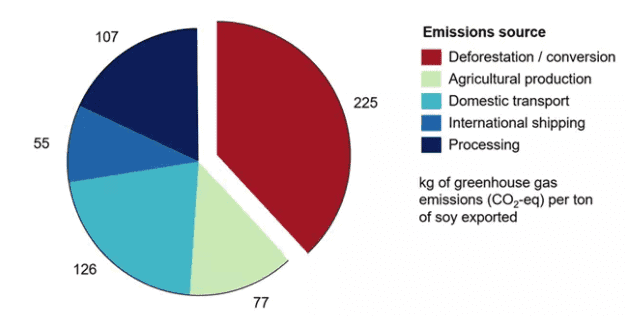
The future is already here
In the early 2010s, pioneering no-deforestation commitments were made without even a clear understanding of what no-deforestation meant, let alone how to achieve it. The situation in 2021 could hardly be more different, with a full infrastructure now in place to support implementation and monitoring of supply chains that are protective of forests, ecosystems, and human rights.
Crucially, this infrastructure built to support no-deforestation goals does not exist in isolation. We at the Accountability Framework initiative are working closely with our colleagues and partners to ensure that it is integrated with the array of sustainability tools that companies will rely on during the 2020s. These include the GHG Protocol and its forthcoming detailed guidance on land use and agricultural emissions; science-based target-setting for climate and nature; and ESG investment screens, ratings and non-financial disclosure requirements, including the forthcoming Taskforce on Nature-Related Financial Disclosures. In this way, progress toward deforestation-free supply chains can be clearly recognized for its contribution to meeting goals on emissions reductions, nature and biodiversity, and sustainable development.
Whether no-deforestation is the headline of your sustainability message or a behind-the-scenes component of your operating, sourcing and financing decisions, protecting forests and the people who live there lies at the heart of responsible business in this decade and beyond.
The article was first published here.
Photo by Timelab Pro on Unsplash.

 5.0
5.0 





